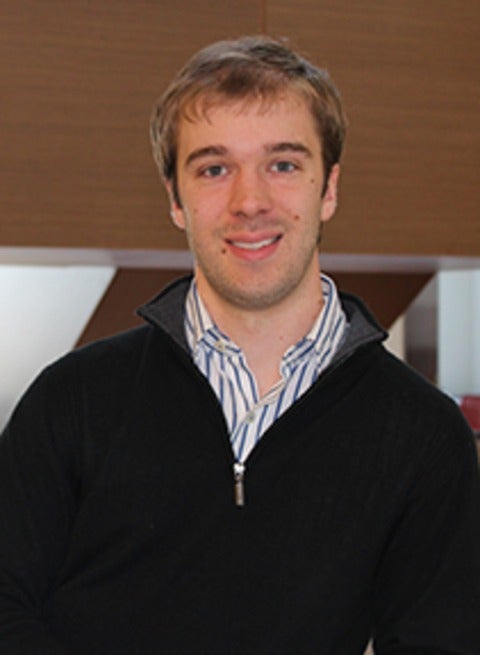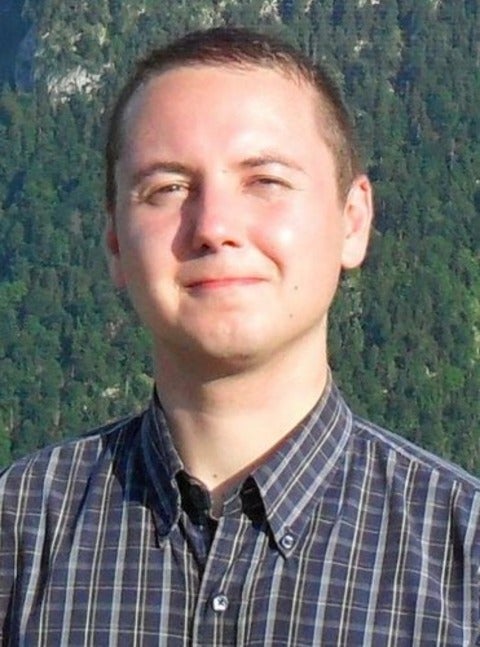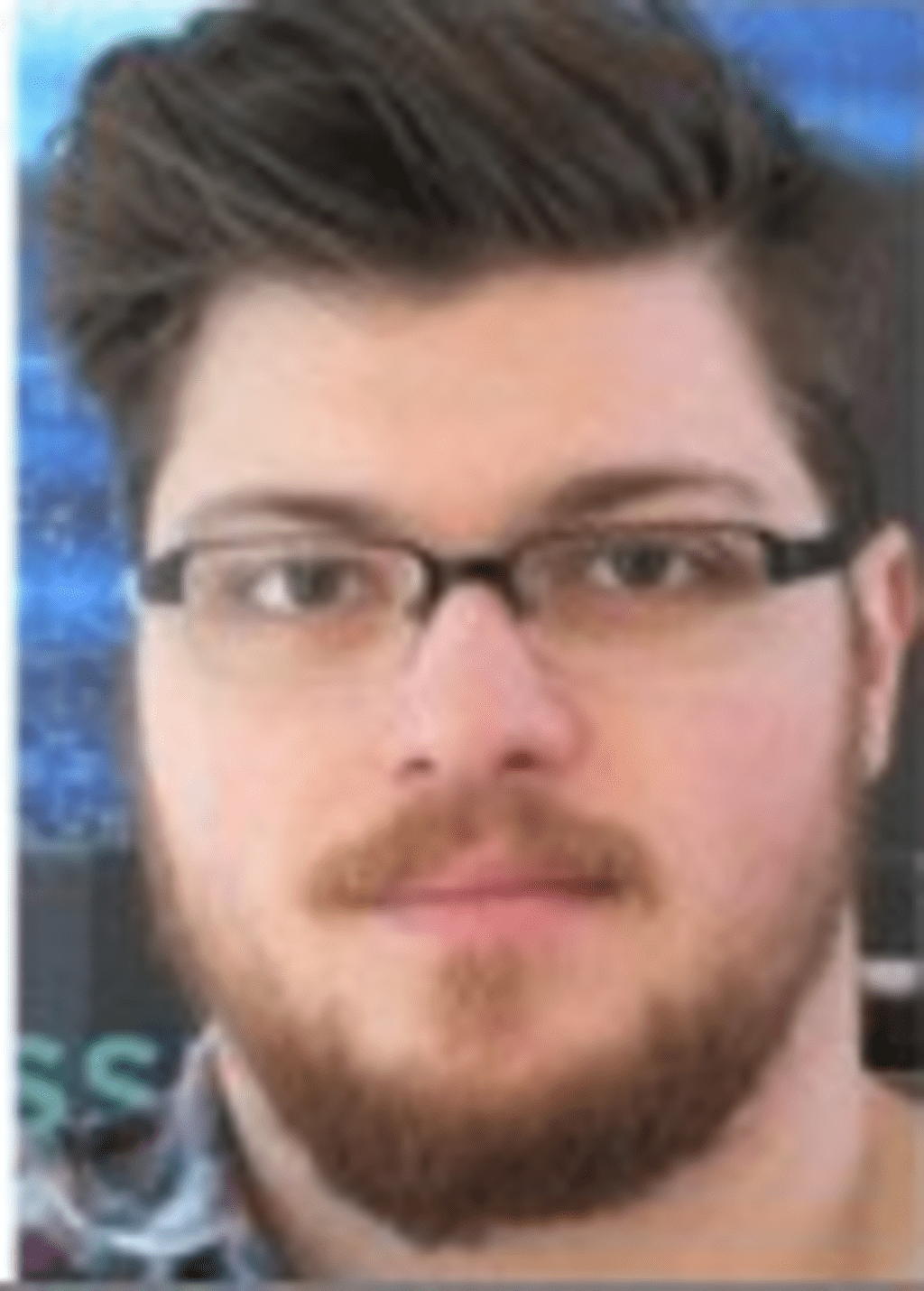Seminar: Fereshteh Rajabi
Dicke's Superradiance in Astrophysics
Fereshteh Rajabi, University of Western Ontario
It is generally assumed that in the interstellar medium much of the emission emanating from atomic and molecular transitions within a radiating gas happen independently for each atom or molecule, but as was pointed out by R. H. Dicke in a seminal paper several decades ago this assumption does not apply in all conditions. As will be discussed in my presentation, and following Dicke's original analysis, closely packed atoms/molecules can interact with their common electromagnetic field and radiate coherently through an effect he named superradiance.

 Greg Holloway of the Department of Physics and Astronomy is defending his thesis:
Greg Holloway of the Department of Physics and Astronomy is defending his thesis:
 Matthew Graydon of the Department of Physics and Astronomy is defending his thesis:
Matthew Graydon of the Department of Physics and Astronomy is defending his thesis:
 Guillaume Verdon-Akzam of the Department of Applied Mathematics is defending his thesis:
Guillaume Verdon-Akzam of the Department of Applied Mathematics is defending his thesis: